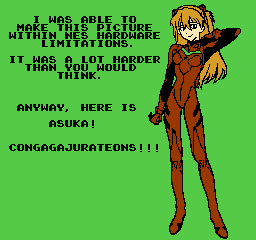Hello. I'm very bad at forums, but I'll try to be clear.
I'm trying to learn how to color in NEXXT studio, but when I change a tiles attribute, it changes the 4 tiles at once....
is it possible I'm doing something wrong? or is that how nes pallettes work? I'd personally highly doubt it....



